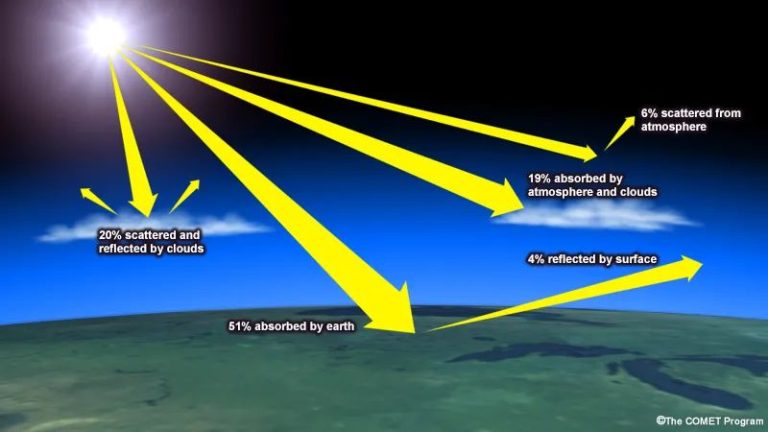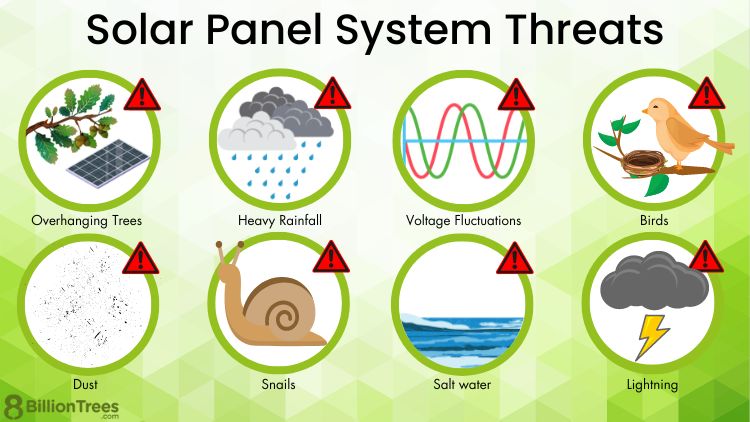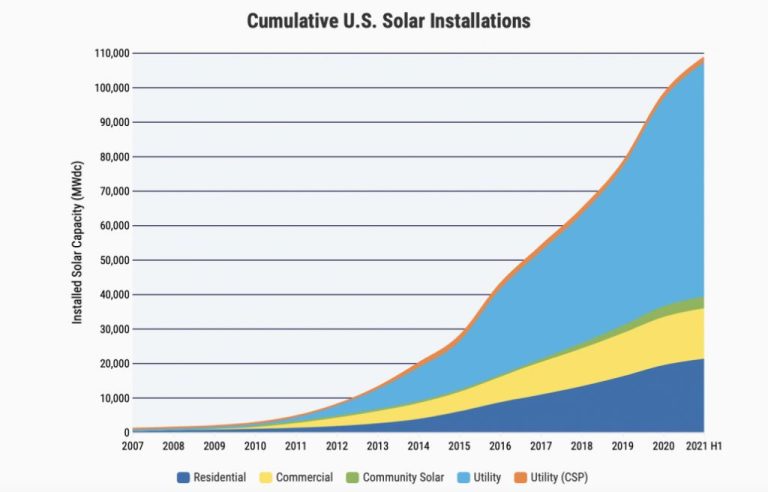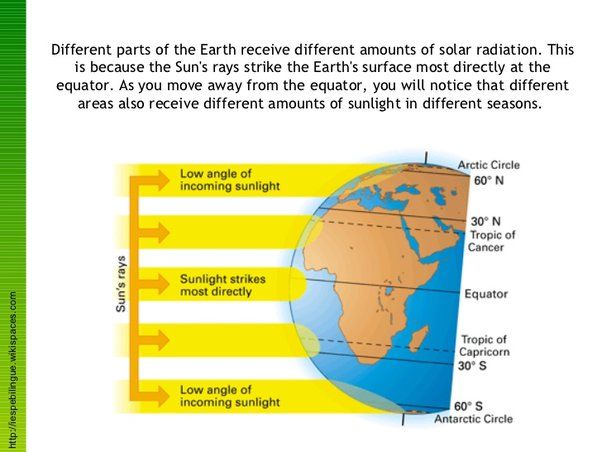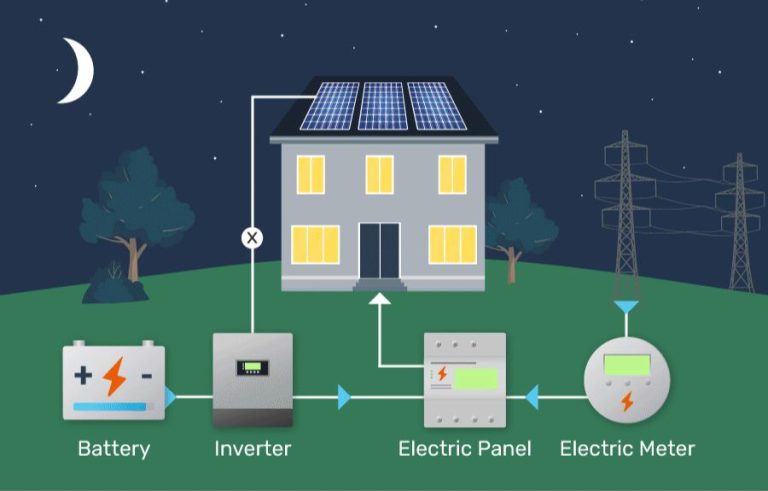Will Solar Keep Getting Cheaper?
The decreasing cost of solar energy has been a major driver in the growth of solar adoption globally. Since solar panels first became commercially available in the 1950s, costs have dropped by over 99%. Just in the last 10 years, average residential solar installation costs have fallen by more than 60%.
Understanding the factors behind this dramatic price decline, and whether it’s likely to continue, provides critical insight into the future of renewable energy. If prices keep falling, solar may become cheap enough to outcompete fossil fuels like coal and natural gas on cost alone. However, if prices level off, growth in solar capacity could slow. Forecasting future costs helps guide policymaking, business investments, and consumer adoption.
This article will analyze the key drivers behind the solar cost revolution of recent decades. It will assess expert projections on whether costs are likely to keep decreasing significantly. It will also examine challenges and innovations that could impact the future economics of solar power.
History of Solar Prices
Over the past few decades, the price of solar photovoltaic (PV) panels has declined dramatically. According to ourworldindata.org, the price per watt for solar PV modules has dropped from around $76 in 1977 to just $0.38 in 2019, a massive 99% reduction.
Between 2010 to 2019 alone, utility-scale solar system prices fell by 89%, from around $4 per watt to $0.45 per watt, according to the National Renewable Energy Lab (NREL) [1]. Residential solar panel prices have followed a similar trajectory, with the average price per watt decreasing 82% between 2010 and 2020, from $12.20 to $2.93 according to SaveOnEnergy.com [2].
This dramatic multi-decade decline has allowed solar PV to become cost competitive with fossil fuel electricity generation in many parts of the world. What were once prohibitively expensive niche technologies have now become mainstream energy solutions capable of large-scale deployment.
Factors Driving Down Costs
There are several key factors that have driven down the costs of solar panels over the past decade.
One is economics of scale. As solar production and adoption has rapidly increased, manufacturers have been able to take advantage of economies of scale to reduce costs. Larger production volumes have enabled savings through bulk purchasing of raw materials and the ability to optimize manufacturing techniques.
Another factor is manufacturing improvements. Solar cell and panel manufacturing has become more efficient through automation and process optimization. Manufacturers have steadily increased cell efficiency and reduced material waste.
Additionally, soft costs like permitting, financing, and installation have decreased. Streamlined permitting processes have reduced transaction costs. Lower installer overheads and optimized installation techniques have also lowered costs. (source)
These factors of economies of scale, manufacturing improvements, and reduced soft costs have combined to make solar power significantly less expensive over the past 10-15 years.
Projected Future Cost Reductions
Experts predict that solar costs will continue to decline but at a slower pace than in previous years. According to the U.S. Department of Energy, the average cost of utility-scale solar has dropped 88% since 2009. However, future reductions are not expected to be as steep.
The DOE has set solar cost targets to achieve by 2030, aiming for $0.05 per kWh for distributed solar and $0.02 per kWh for utility-scale solar [1]. That would require cost declines of 40% for distributed solar and 60% for utility-scale from today’s averages. While significant, it represents a slower pace of decrease than the dramatic drops in the past decade.
Analysts point to several reasons the rate of cost reduction will moderate. First, the “low-hanging fruit” in terms of easier engineering and manufacturing improvements have already been implemented. Further gains require more complex innovations. Additionally, supply chain constraints, trade policies, and availability of raw materials could limit economies of scale. However, continued technological advances and growth in global production should still bring prices down over time.
Limits to Cost Reductions
While solar panel costs have dropped dramatically in the past decade, there are limits to how low costs can go. Two main factors will prevent indefinite cost reductions:
Materials costs make up a significant portion of a solar panel’s price. The silicon used in most panels has a base cost that likely can’t be reduced much further without compromising performance. Other materials like glass, aluminum framing, and copper wiring also have minimum costs associated with extraction and manufacturing.
Balance of system costs refer to all the other components of a solar system besides the panels themselves, like inverters, racking, and labor for installation. These costs now make up over half the total system cost. While there are still opportunities to drive these costs down through streamlining and innovation, balance of system expenses won’t approach zero.
Sources: https://www.energy.gov/eere/solar/homeowners-guide-federal-tax-credit-solar-photovoltaics, https://www.energysage.com/local-data/solar-panel-cost/
Impact on Adoption
As solar costs have declined over the past decade, adoption rates for residential solar have steadily increased. According to research from the Pew Research Center, the percentage of U.S. homeowners with solar panels has risen from 0.4% in 2011 to 4% in 2021 (Pew, 2022). Many analyses have shown a correlation between decreasing solar costs and increasing adoption. For example, a 2021 study from the Lawrence Berkeley National Laboratory found that non-residential solar installations spur further adoption of residential solar, estimating an increase of 0.4 additional residential adoptions for each new commercial installation (Dong & Sigrin, 2021). As prices fall further in the coming years, adoption rates are expected to rise even more dramatically. Some projections estimate that by 2050, up to 50% of U.S. households could potentially have rooftop solar installations.
Impact on Electricity Prices
According to a report from the American Council for an Energy-Efficient Economy, more solar generation in the electricity mix can lower wholesale electricity prices, especially during peak times when wholesale prices are highest [1]. This is because solar generates the most electricity when overall demand is high, reducing the need for expensive peaking power plants to come online. As solar adoption increases, the supply of electricity goes up during peak periods, putting downward pressure on wholesale prices.
However, the impact on retail electricity prices is complex. In some cases, lower wholesale prices get passed on to consumers. But in other cases, utilities may raise fixed costs on bills to make up for lower electricity sales volume. This can paradoxically lead higher retail prices for non-solar customers, even as solar lowers wholesale prices. Careful rate structure design is needed to equitably share the system benefits of solar [2].
Challenges to the Grid
The growth of solar power poses some challenges to the traditional electricity grid. One key challenge is intermittency – solar power generation fluctuates throughout the day and seasons as cloud cover and weather conditions change (https://www.linkedin.com/pulse/integrating-solar-energy-grid-challenges-remedies-ye-min). This requires grid operators to balance the variable solar supply with other sources like natural gas and storage.
Another issue is the “duck curve” which refers to the timing mismatch between peak solar generation in the afternoon and peak electricity demand in the early evening. As solar penetration increases, net load spikes in the evening when the sun goes down, requiring grid operators to rapidly ramp up other energy sources to meet demand (https://ratedpower.com/blog/challenges-integrating-renewables-ower-grid/).
These intermittency and duck curve issues create challenges for grid stability and reliability. Solutions like energy storage, demand response, and improved forecasting will help address these challenges.
Storage and Other Solutions
Batteries have emerged as a leading storage solution for renewable energy. Lithium-ion batteries in particular can store excess solar and wind generation and discharge when needed (Source). Battery storage helps smooth out the natural intermittency of renewables and allows more renewable energy to be utilized. Utility-scale batteries capable of storing hundreds of megawatt-hours are becoming increasingly common.
Demand response is another approach to balance renewable intermittency, where electricity usage is managed to match generation (Source). For example, incentivizing EV charging or running energy-intensive processes at times of high renewable output. Dynamic electricity pricing can encourage demand response and grid flexibility.
Upgrading and expanding transmission infrastructure also enables greater renewable penetration. Enhanced interregional transmission allows sharing ofrenewable generation over large areas, smoothing variability (Source). Smarter grids and advanced power electronics help stabilize voltage and frequency when integrating intermittent renewables.
Conclusion
In conclusion, the dramatic decrease in solar prices over the past decade is expected to continue into the foreseeable future. Key factors driving down costs include improvements in panel efficiency, manufacturing automation, scale and supply chain management. Solar is projected to fall by up to another 40% in the next 5 years. This will lead to wider adoption globally, putting downward pressure on electricity prices. It also creates challenges around integrating large amounts of intermittent renewable energy into the grid, necessitating investments in storage, transmission and other complementary technologies. Overall the outlook is very positive for solar to become increasingly competitive with fossil fuels, while delivering environmental and energy security benefits.

